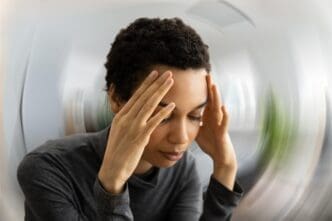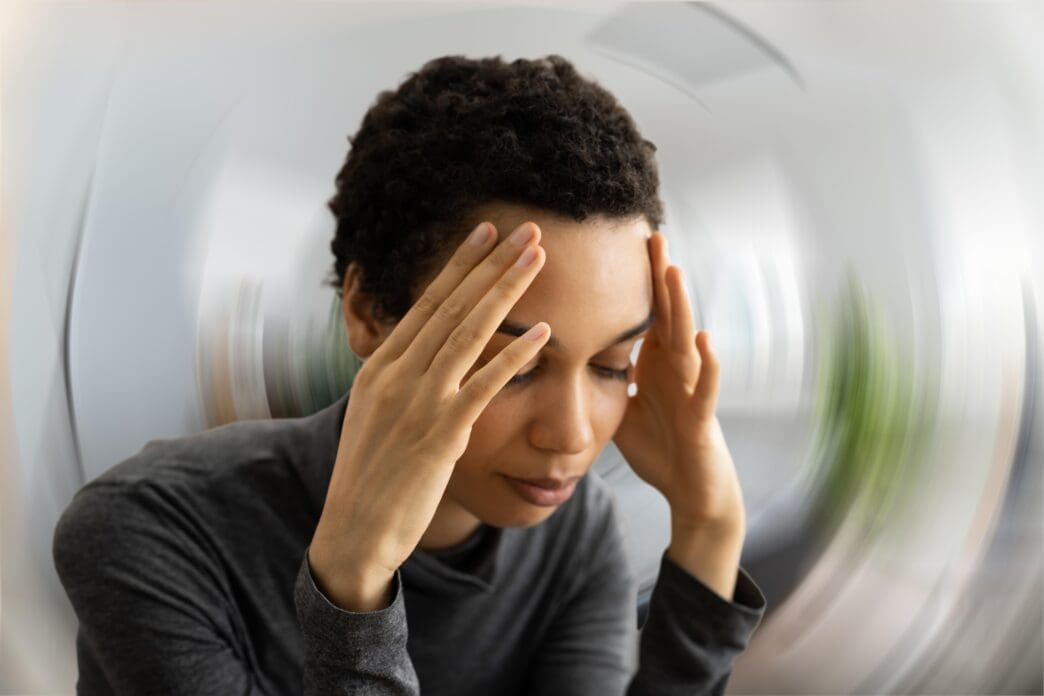Feeling trapped in a cycle of persistent worry while simultaneously being weighed down by a profound sense of sadness is an experience familiar to millions. The question of whether an individual can suffer from both anxiety and depression at the same time is not just valid; it is a clinical reality for a significant portion of those seeking mental health support. The definitive answer is yes—not only is it possible, but the co-occurrence, known in clinical terms as comorbidity, is incredibly common. This overlap occurs because both disorders share underlying biological vulnerabilities, similar brain pathways, and often trigger or worsen one another in a debilitating cycle, making comprehensive treatment essential for recovery.
Understanding the Connection: Why Anxiety and Depression Overlap
Anxiety disorders and major depressive disorder are classified as distinct conditions, yet they frequently appear as a pair. Research suggests that more than half of all people diagnosed with depression also experience symptoms of anxiety, and a similar percentage of those with anxiety disorders will also face depression. This significant overlap is not a coincidence; it stems from a shared foundation in our biology and psychology.
Both conditions are linked to the function of key neurotransmitters in the brain, which are chemical messengers that regulate mood, sleep, and stress responses. Chemicals like serotonin, norepinephrine, and dopamine play a crucial role in both anxiety and depression. When the systems that manage these neurotransmitters are dysregulated, it can create a vulnerability to developing either, or both, conditions.
Genetics also play a significant part. Studies involving twins and families show that the genetic predisposition for major depression and generalized anxiety disorder is largely shared. This means that if you have a family history of one disorder, you may be at an increased risk for developing both.
The Vicious Cycle: How One Condition Fuels the Other
The relationship between anxiety and depression is often cyclical, with each condition feeding the other. The constant worry, fear, and physical tension of anxiety can be exhausting, draining a person’s mental and emotional resources over time. This chronic state of high alert can eventually lead to the hopelessness, fatigue, and loss of interest that characterize depression.
Imagine, for example, someone with social anxiety who fears judgment in social settings. To cope, they may begin to avoid parties, work gatherings, and even simple trips to the grocery store. This avoidance provides temporary relief from the anxiety but leads to increasing isolation, loneliness, and a feeling that they are missing out on life—all potent triggers for depression.
Conversely, depression can make anxiety worse. The low energy, lack of motivation, and feelings of worthlessness common in depression make it incredibly difficult to use healthy coping strategies to manage anxiety. A person might know that exercise or calling a friend would help their anxiety, but their depression makes taking that first step feel impossible. This inaction allows anxious thoughts to grow stronger and more overwhelming.
Distinguishing Between Symptoms: Key Differences and Overlaps
While they are deeply intertwined, anxiety and depression have core features that distinguish them. Recognizing these differences is a key part of receiving an accurate diagnosis and effective treatment. Anxiety is primarily a state of excessive fear and worry about the future, while depression is often rooted in feelings about the past and present.
Core Features of Anxiety
Anxiety is characterized by a sense of impending doom or danger, even when a threat is not apparent. It is future-oriented, consumed with “what if” scenarios. The physical symptoms are often those of arousal or the “fight-or-flight” response: a racing heart, shortness of breath, trembling, sweating, and muscle tension. Behaviorally, anxiety often leads to avoidance of situations that trigger these feelings.
Core Features of Depression
Depression, on the other hand, is defined by a persistent low mood and, crucially, a loss of interest or pleasure in activities once enjoyed—a symptom called anhedonia. It involves feelings of sadness, emptiness, guilt, and worthlessness. Instead of physical arousal, depression is more commonly associated with profound fatigue, lethargy, and changes in sleep and appetite, often leading to withdrawal and inaction.
Where the Symptoms Converge
The diagnostic picture becomes complicated because of the significant symptom overlap. Both conditions can cause irritability, difficulty concentrating, and significant disruptions to sleep. A person might have trouble falling asleep due to racing, anxious thoughts, or they might wake up too early and be unable to fall back asleep, a classic sign of depression. Fatigue is another major commonality, though its source differs—in anxiety, it comes from constant tension, while in depression, it is a pervasive lack of energy.
The Impact of Comorbid Anxiety and Depression
When anxiety and depression occur together, the overall impact on a person’s life is often more severe than experiencing either condition alone. Symptoms can be more intense and persistent, leading to greater impairment in daily functioning. Maintaining relationships, performing at work or school, and even managing basic self-care can become monumental challenges.
Furthermore, the presence of both disorders can complicate treatment and may be associated with a poorer prognosis if not addressed comprehensively. The risk of suicidal thoughts and behaviors is also significantly higher in individuals with comorbid anxiety and depression. This underscores the critical importance of seeking professional help.
Pathways to Healing: Effective Treatment Strategies
The good news is that comorbid anxiety and depression are highly treatable. Because the conditions share underlying mechanisms, many therapeutic approaches are effective for both. Treatment plans are typically tailored to the individual’s specific symptoms and needs, often involving a combination of psychotherapy and medication.
Psychotherapy (Talk Therapy)
Therapy is a cornerstone of treatment. One of the most effective and widely studied approaches is Cognitive Behavioral Therapy (CBT). CBT works by helping individuals identify, challenge, and reframe the negative thought patterns (cognitions) and unhelpful behaviors associated with both anxiety and depression. It provides practical skills to manage worry, confront fears, and gradually re-engage with enjoyable and meaningful activities.
Other therapies, such as Acceptance and Commitment Therapy (ACT), also show great promise. ACT teaches mindfulness skills to help individuals accept difficult thoughts and feelings without being controlled by them, allowing them to commit to actions aligned with their personal values.
Medication
Medication can be a powerful tool for alleviating symptoms, often making it easier for a person to engage fully in therapy. The most commonly prescribed medications for comorbid anxiety and depression are antidepressants, particularly those that target the serotonin system.
Selective Serotonin Reuptake Inhibitors (SSRIs) and Serotonin-Norepinephrine Reuptake Inhibitors (SNRIs) are often considered first-line treatments. By increasing the availability of mood-regulating neurotransmitters in the brain, these medications can reduce the intensity of both anxious feelings and depressive symptoms. A psychiatrist or primary care physician can help determine if medication is appropriate and which type is best suited for an individual.
Lifestyle and Self-Care
Alongside professional treatment, lifestyle modifications can have a profound impact on managing symptoms. Regular physical activity is a well-documented mood booster and anxiety reducer. Practicing mindfulness meditation can help calm a racing mind and foster a greater sense of emotional balance.
Prioritizing sleep hygiene, maintaining a balanced diet, and fostering strong social connections are also vital. These strategies work to build resilience and counteract the isolating and draining effects of both anxiety and depression.
Conclusion: A Message of Hope
Living with both anxiety and depression is an immense challenge, but it is a challenge that can be overcome. The connection between these two conditions is well understood, and effective, evidence-based treatments are available. Recognizing that the dread of the future and the weight of the past are symptoms of a treatable illness is the first step. Seeking help from a mental health professional is not a sign of weakness but a courageous act of self-care that opens the door to recovery, healing, and a return to a life of meaning and well-being.














